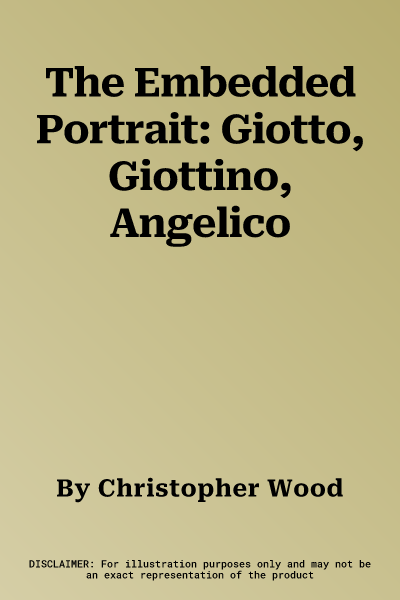A new study of the early Renaissance portrait
In fourteenth-century Italy, ever more women and men--not only clergy
but also laity--introduced their own portraits into sacred paintings.
Images of modern supplicants, submissive and prayerful, shared space
with the holy narratives. The portraits mimicked the first worshippers
of Christ: Mary, the Three Magi, Mary Magdalene. At the same time, they
modeled, for modern viewers, ideal involvement in the emotion-laden
stories. In The Embedded Portrait, Christopher S. Wood traces these
incursions of the real and profane into Florentine sacred painting
between Giotto and Fra Angelico.
The portraits not only intruded upon a sacred space, but also intervened
in an artwork. The pressure exerted by the modern interlopers--their
lives and experiences, implied by their portraits--threatened the formal
closure that had served as a powerful symbolic form of the pact between
God and humans. The Embedded Portrait reconstructs this art historical
drama from the point of view of the artists rather than the patrons.
Following clues left by Vasari, the book assigns a leading role to the
painter Giottino, or "little Giotto." Little-known today but highly
regarded in his lifetime, Giottino proposed a new manner of painting
that was later realized by Fra Angelico through his own innovative
approach to the problem of the embedded portrait.
Seeking not to stabilize the artworks but to extend their reach, the
interpretations offered in The Embedded Portrait re-create and update
the psychic and libidinal energies that gave rise to these works in the
first place.

